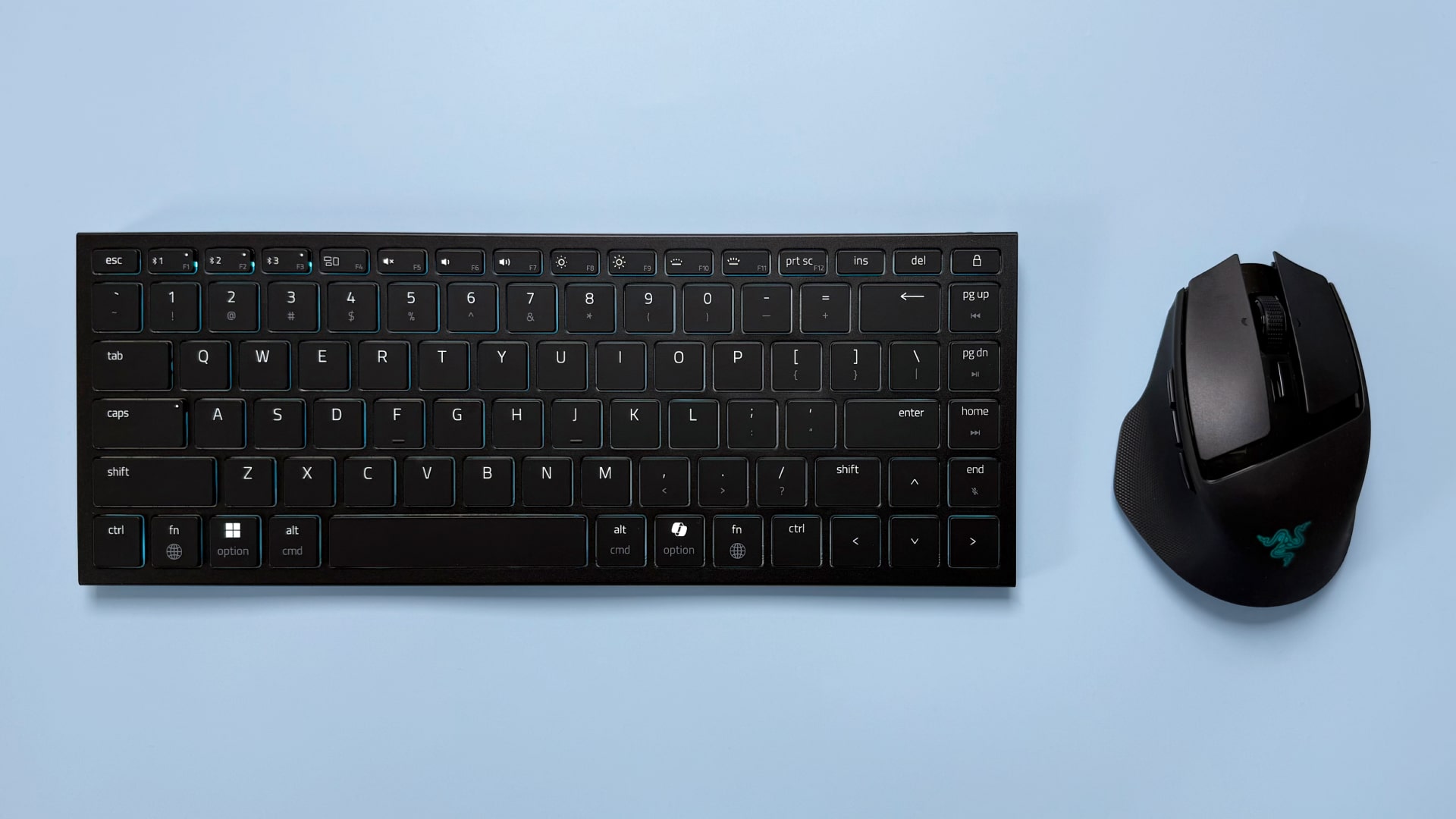Gaming hardware needs to grow up
These days, you're not a gamer if you don't RGB everything you have.
I love the PC and all it stands for: openness, performance, innovation, and variety. The PC has something for everyone, and it can do so many things that other devices can't—don't get me started on games. Since the late '90s, desktops and laptops have gotten better in design. Gone are the days of beige boxes. During my early days of the PC, desktops weren't even standing towers. Instead, they all laid flat, and all of them had the quintessential turbo button on them.
Then, there was an evolution in design. Companies started producing products that were different—even attractive. Laptops started introducing exotic materials and desktops came in varying shapes and colors. Then something very strange happened.
Gamers demanded more hardware, more performance, and were quick to show their pride on the PC's resilience, especially versus consoles, which suffer from being spec-locked for years. There was a surge of interest from manufacturers to go all-in to PC gaming. And then, things started looking ugly.
These days, anything that doesn't have outrageous design language isn't called a gaming product. And anything that is called a gaming product somehow seems to look ridiculous. But a picture speaks a thousand words:

Above is a photo of a headphone stand. It's simple, sturdy, made of metal, and does its job well. Its design is well thought through—providing a curve in the support pad for the curve in your headset or headphone.
Now here's a "gaming" headphone stand:
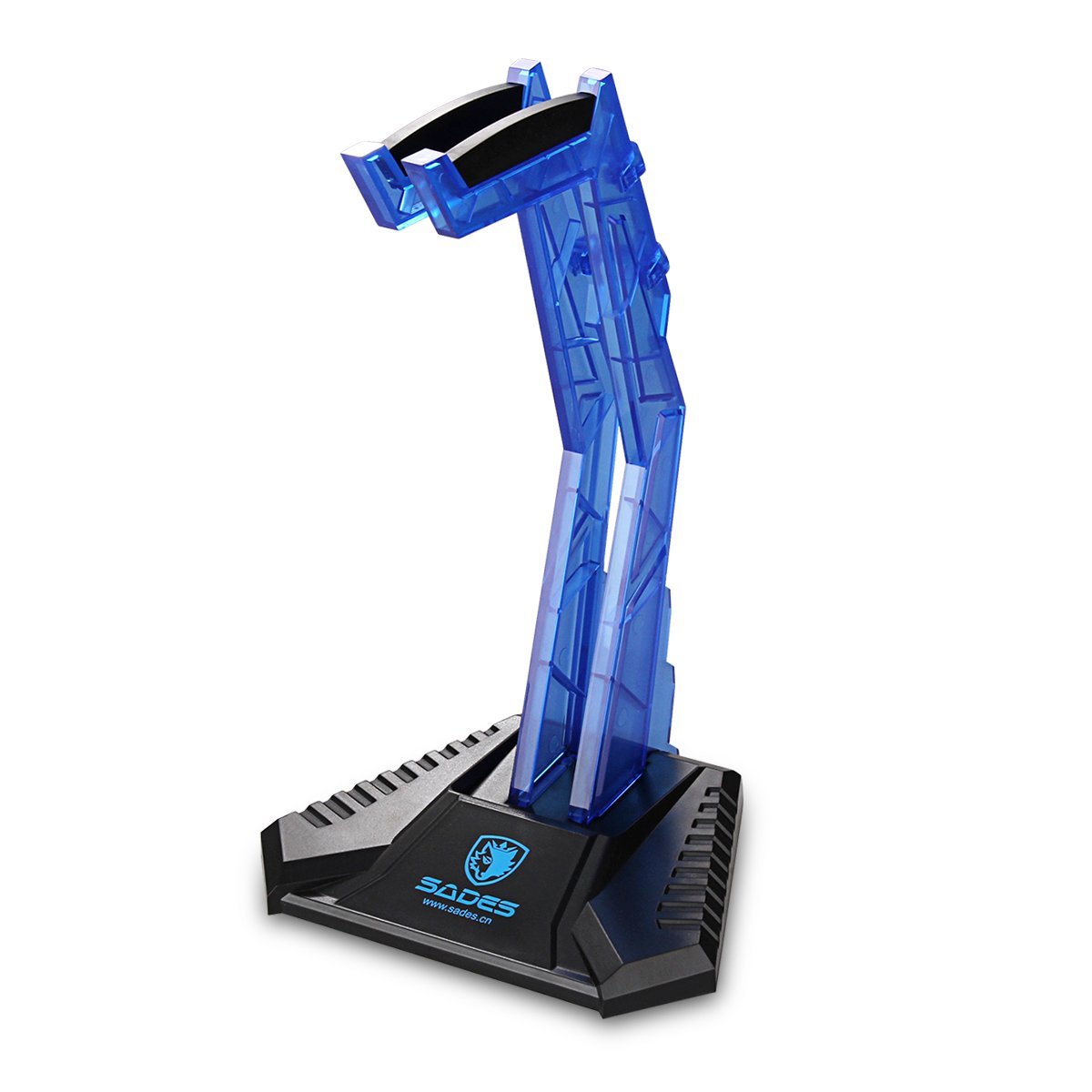
That's the result I get on Amazon when I amend my search for "headphone stand" to "gaming headphone stand." What the fuck?
Keep up to date with the most important stories and the best deals, as picked by the PC Gamer team.
The abominations don't end there. We see this sort of design language through the entire industry. Everything from motherboards, to graphics cards, to monitors, to headsets and more. Instead of making things efficient and comfortable, ridiculous and often useless design language takes a front row seat.
I spoke with several major motherboard manufacturers and they all admit to one thing: huge and wild heatsinks don't do jack for cooling the motherboard. In fact, they're more inefficient than straight up normal heatsinks, and cost more to use.
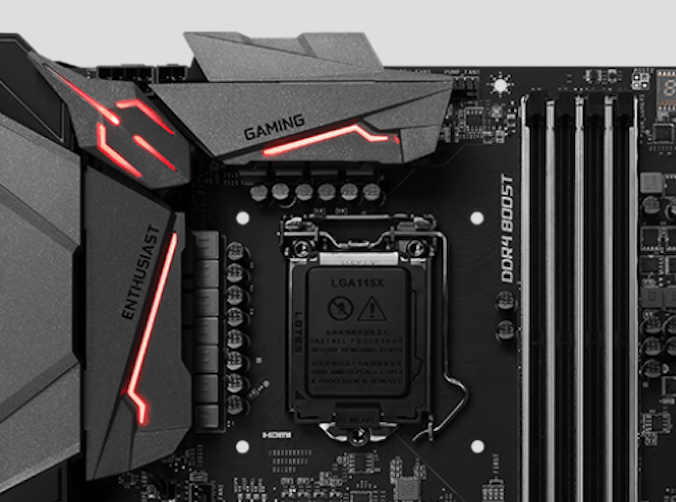
Think the heatsink on the above motherboard is better for your cooling? Think again. The only thing it did was make heat dissipation less effective and increase the price you have to pay. I'd take the heatsink used on server motherboards any day—you know, the ones in machines that have to handle brutal workloads and stay alive 24/7? Here's an example:
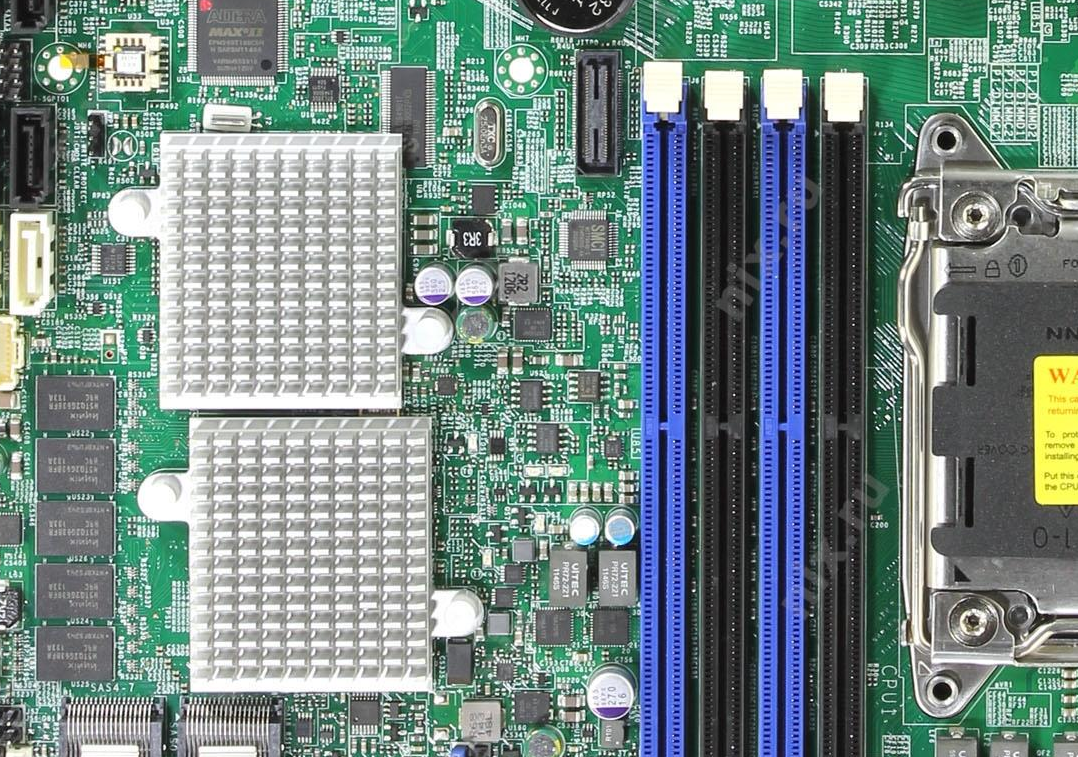
And in case you don't think you're paying extra for all the gimmicks, you're wrong. The more effective heatsinks on server motherboards—that need to handle more demanding environments—costs less to manufacture than the (un)cooler heatsink block of metal seen on virtually all gaming motherboards. This is because the tooling and molds needed to produce more complicated designs also cost more to make.
My favorite keyboard company, Das Keyboard, once proud of being the elite, simple, and understated, is now on the same trend. I'm scratching my head in an attempt to figure out how one of these keyboards below is made for gamers and the other is not:
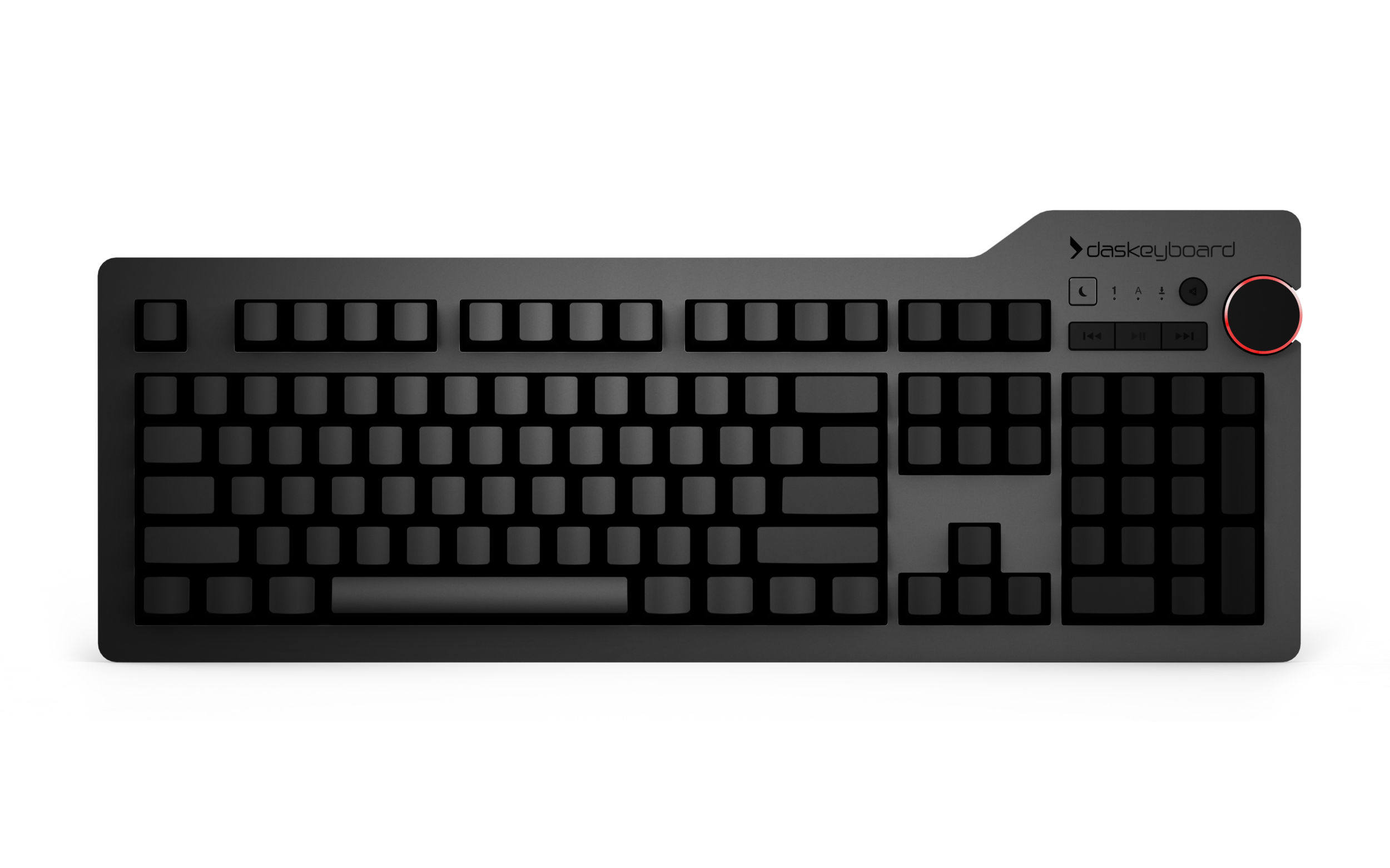
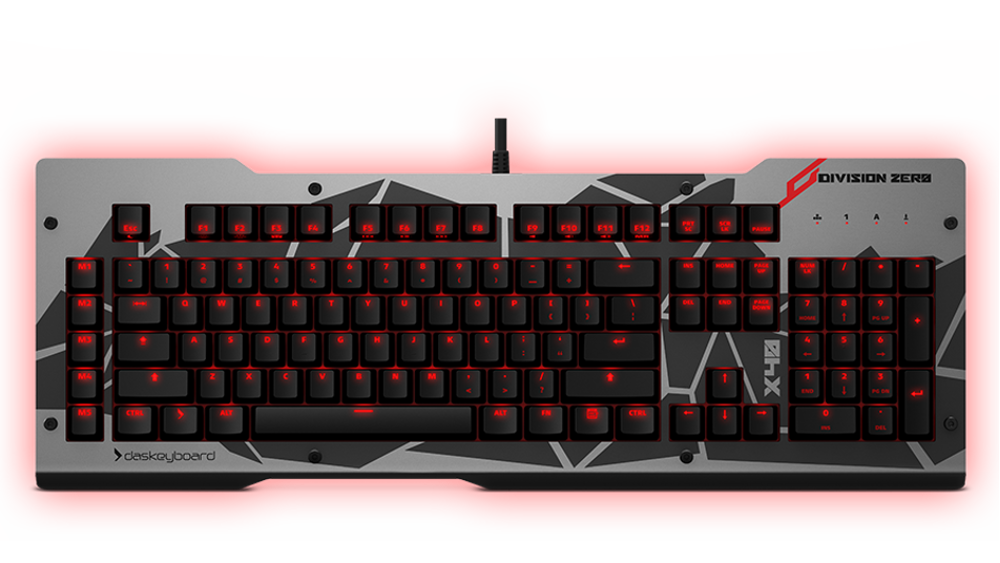
Can you tell which model is for gaming? It's really easy: the one with the funky design and the RGB lighting. But even Das Keyboard's own gaming series isn't as daring as this one:
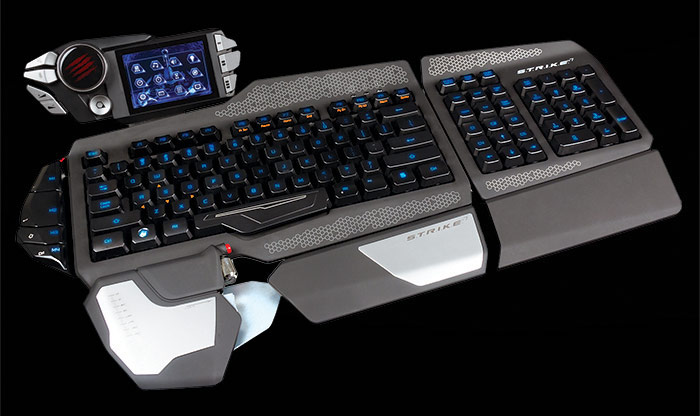
Don't get me started with RGB lighting. It's everywhere I look and it seems like we're on a path to no return. Speakers are lit, keyboards are lit, motherboards are lit, RAM is lit, headsets are lit—everything is lit. One day I'm going to have a damn seizure. Heck, even "gaming" chairs are starting to feature RGB lighting.
Admittedly there are folks who light up their rigs tastefully, and they do look great. But when did insane designs and RGB equate to gaming? Are manufacturers telling us that in order to perform well in a game we have to have RGB lighting and that whatever products we buy have to have fins and jagged edges? Why can't a gaming product be simple, effective, and perform well? Does the computer case I use need to have flaps, fins and bulges to convey that the size of my "e-peen" is substantial? Does RGB lighting deliver a higher chance of a stable overclock? Give me a break.
So what is PC gaming? It's really simple: gaming means having good graphics and CPU performance to get the best experience out of your games. Gaming means decreased load times and higher clock frequencies. Gaming means optimizing a system to speed up texture loads, and using high refresh-rate displays. It means having low latency and no network lag. It does not mean adding more junk onto PC hardware or making uncomfortable design choices in the name of—ugly—aesthetics.
The last two trade shows I went to were utterly disappointing. Nearly everyone was showcasing crazier designs and more RGB lighting. I saw a bit of innovation, technologies that improve my gaming experience in meaningful ways. But most companies were all about flashy lights. I haven't even touched on gaming laptop and gaming desktop designs.
All the manufacturers I spoke to recently tell me that anything RGB will sell more than the equivalent non-RGB product. More effort is being diverted into design rather than actual hardware improvements. Is this really what PC gamers want?


